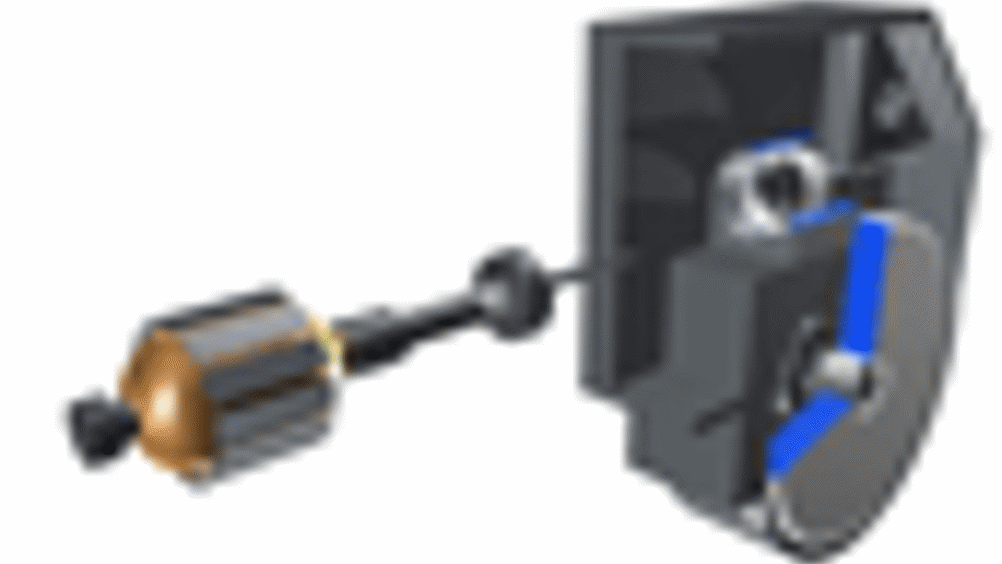Tolerance rings

The number of electric motors used in car applications is growing at an astounding rate, with industry analysts predicting this figure will continue rise. Chris Needes of Rencol Tolerance Rings looks at the common applications of these motors and explains some of the ways in which tolerance rings are being used.
With the number of electric motors in automotive applications set to increase more dramatically, car manufacturers are now pushing technology boundaries to simplify each of the designs in order to reduce size and weight of the overall assembly and making it more cost-effective.
Electric motors are found in anything that has an electrical movement or solenoid function; familiar examples include window lifts, fuel pumps, mirror and headlamp adjusters, clutches, transmissions, windscreen wipers and seat adjusters. While there is steady growth for electric motors in powered interior applications, such as seat adjusters, window lifts and wing mirror adjusters, rapid growth is being driven by new technologies, primarily electric power steering (EPS) systems and active suspension and brake systems.
Register now to continue reading
Thanks for visiting The Engineer. You’ve now reached your monthly limit of news stories. Register for free to unlock unlimited access to all of our news coverage, as well as premium content including opinion, in-depth features and special reports.
Benefits of registering
-
In-depth insights and coverage of key emerging trends
-
Unrestricted access to special reports throughout the year
-
Daily technology news delivered straight to your inbox










Water Sector Talent Exodus Could Cripple The Sector
Maybe if things are essential for the running of a country and we want to pay a fair price we should be running these utilities on a not for profit...